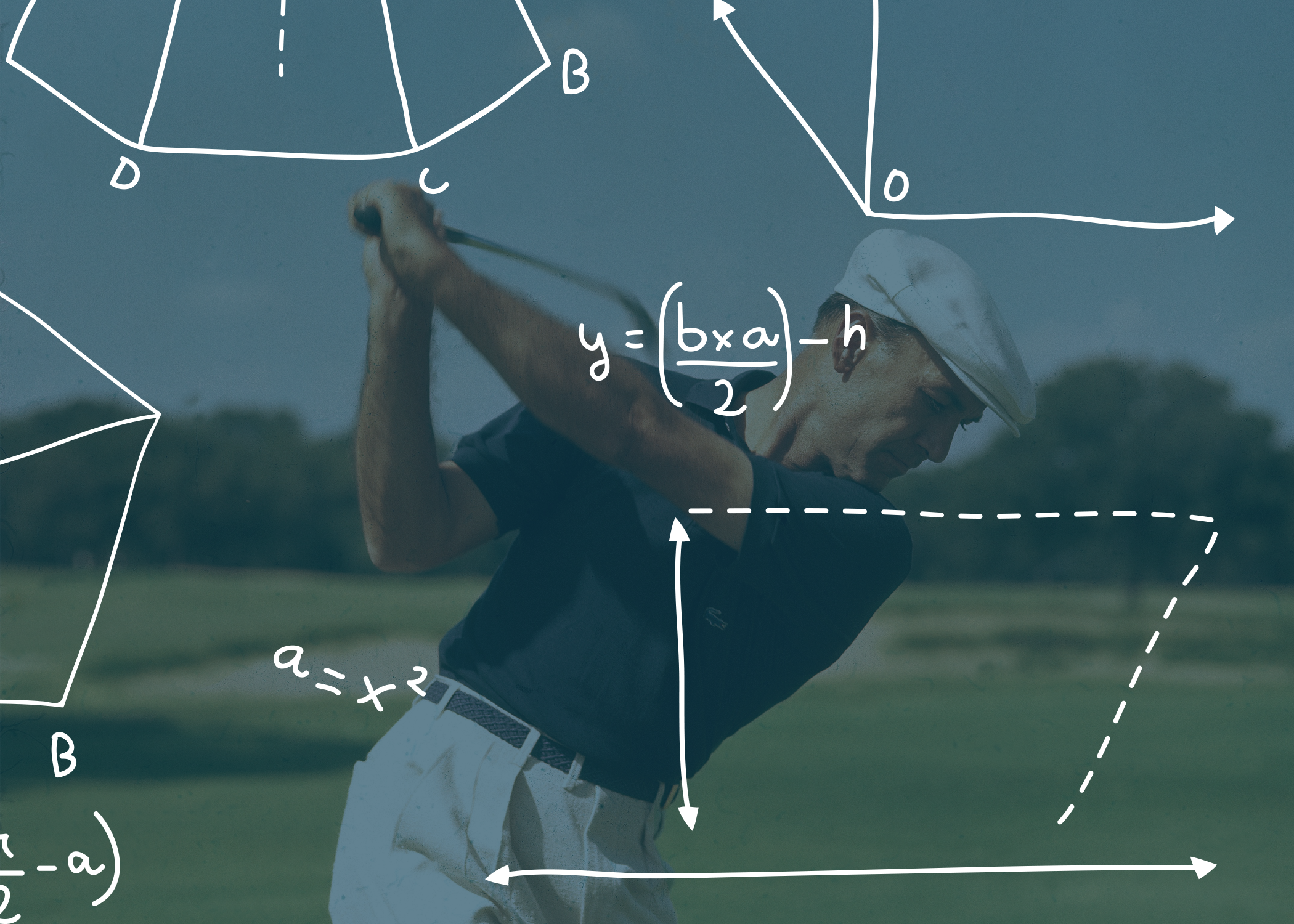FREE: Course Management
FLEXION AND EXTENsION
Extension and internal rotation on the backswing, and flexion and external rotation in the downswing. In the swing, there are four potential ways the hip and knee joint can load and unload; internal or external rotation of the hip joint and flexion or extension of the knee joint. The player can have any combination of joint rotations and knee hinges on the backswing and downswing, but we will look at two models in particularly; stock model and a model that most amateur golfers are in.
Stock model:
In the backswing, both the right and left legs will internally rotate and extend. This internal rotation and extension creates a stretch in the legs, which will encourage the legs to load down into the ground in downswing, and push off into impact, creating maximum speed In the downswing, because the legs have rotated internally, the legs will be encouraged to rotate externally in the start of the downswing. When the legs rotate externally, they torque (turn) the hips open towards the target and also helps prevent the hips from being pushed laterally to the left. Since the legs were extended at the top of the swing, the knees will naturally be inclined to work back into flexion in the downswing. By having both legs flex, it helps prevent the hips from tilting (cause by having one leg more bent or straight than the other). This flexion in the legs will also help the body push through impact in the second half of the downswing Once the player has pivoted their hips by externally rotating their legs in the start of the downswing, the player will be able to utilize the flexion they have loaded in their legs. In the second half of the downswing, after the player has torqued (turned) and created vertical force (flexing of the knees to sink the body into the ground), the player can use that leverage to push the hips forward. This push into the left side helps push the player’s low point (the bottom of the player’s swing) more ahead of the ball. Additionally, because the player has turned a sufficient amount before pushing off of the right leg, the push will help finish the players turning of their hips and chest
Amateur model:
In the backswing, most Amateur golfers will keep the right knee bent and extend the left leg, which pushes the players upper body and hips over their right leg. Additionally, the player will limit the amount of hip turn they have in the backswing, which also limits the player’s ability to create a stretch-shortening cycle. From the little bit of turn the player does get, the right and left leg rotate internally In the downswing, because the player has limited the internal rotation of the legs, the legs will not be encouraged to rotate externally. Instead, the legs remain internally rotated as the player pushes laterally to their left side. This lateral push from the top of the swing limits the amount of torque (turn) the player can have with the hips and chest. The hips are pushed left because the player maintains internal rotation of the leg and because the right leg was too bent at the top of the swing. Because the leg was bent, it was loaded up and ready to be pushed off of, which slides the body to the left If the body pushes too much laterally before it has a sufficient amount of torque (turn), then the body will stall out (stop rotating) because the player has no more leverage against the ground to push off of with the right leg. This stall out stops the body from turning as the hands and arms travel into impact. If the hands and arms are moving independently of the body, they will inevitable “release,” which will make the club face close down. If the player has an open club face in the downswing, this release can help them square up the face at impact, but the face is turning from open to closed very quickly. The more open to closed the face turns through impact, the
luckier the player has to be to square it up perfectly at contact


